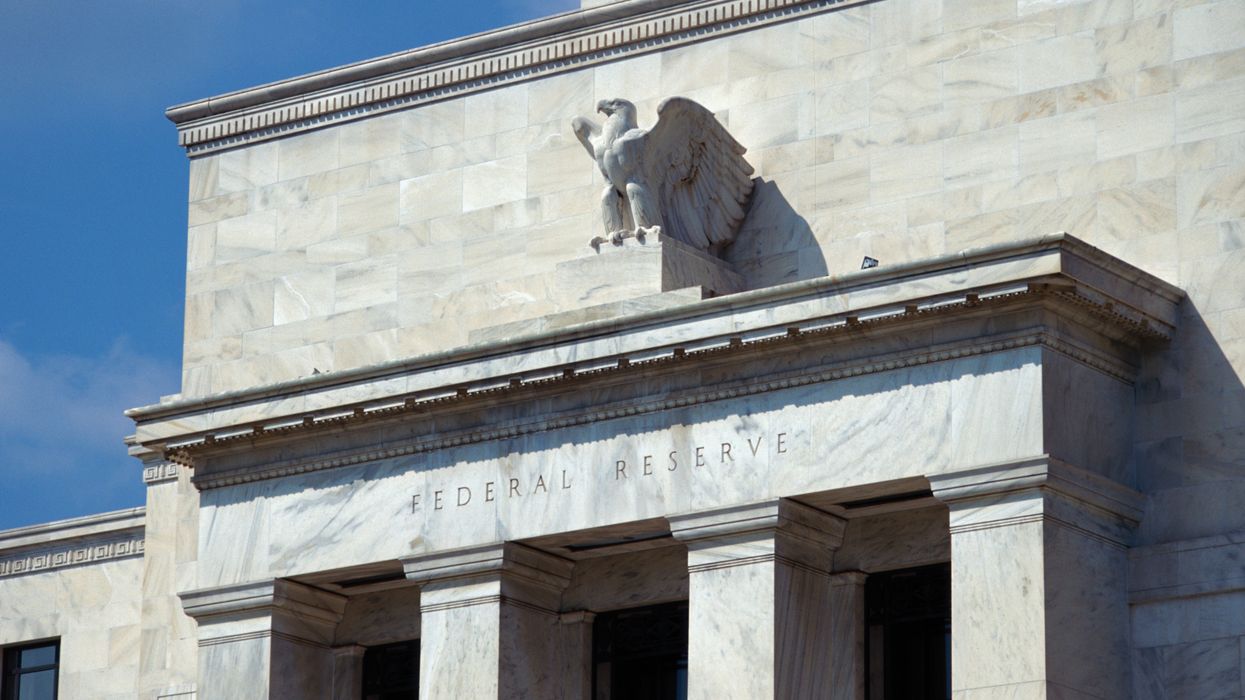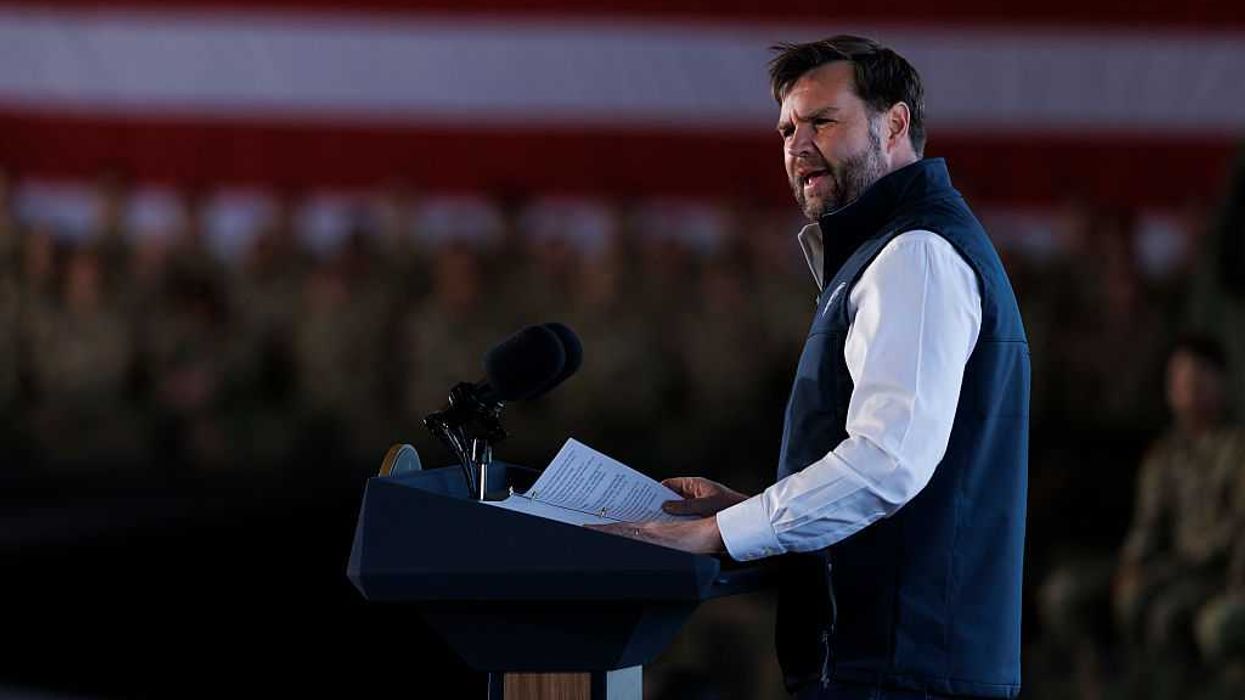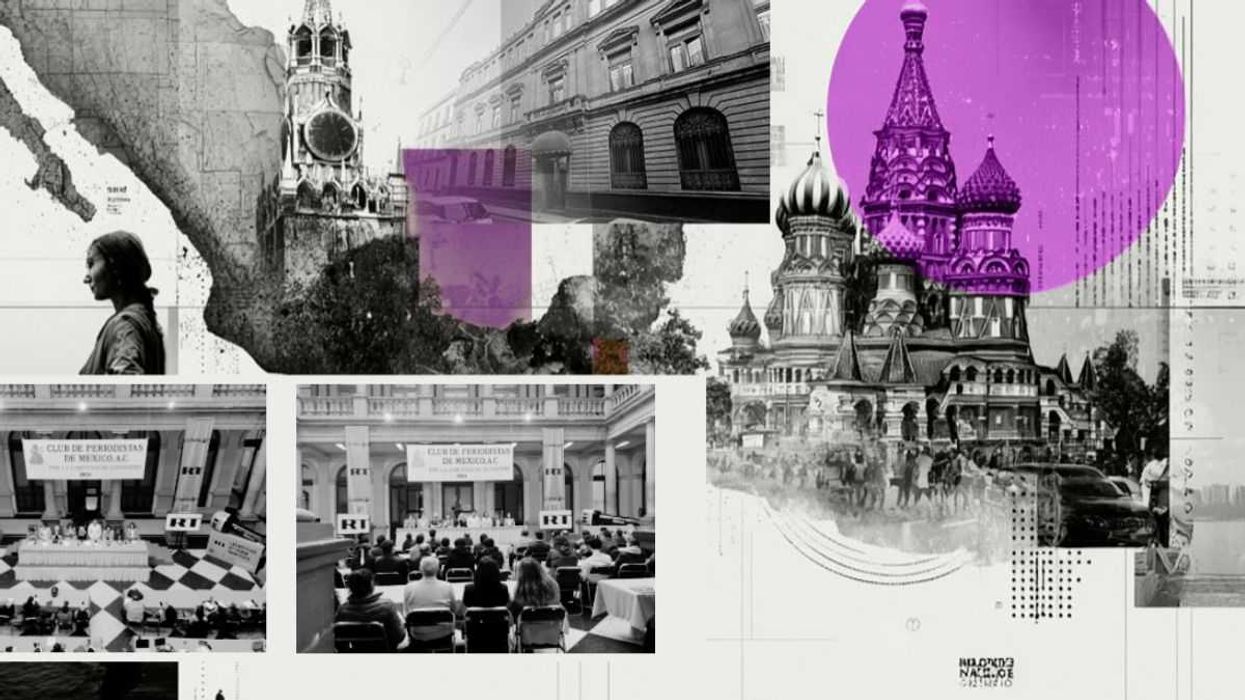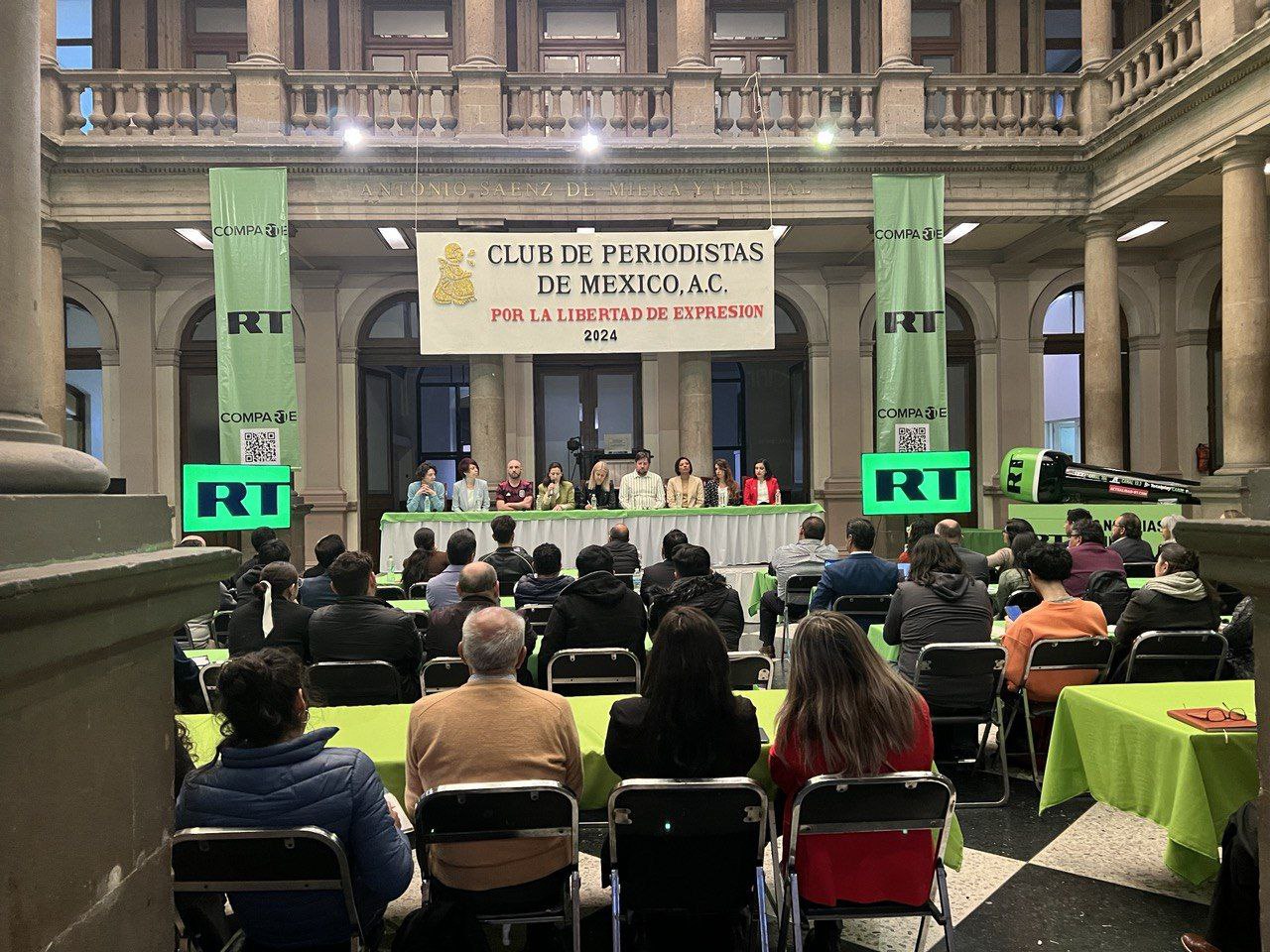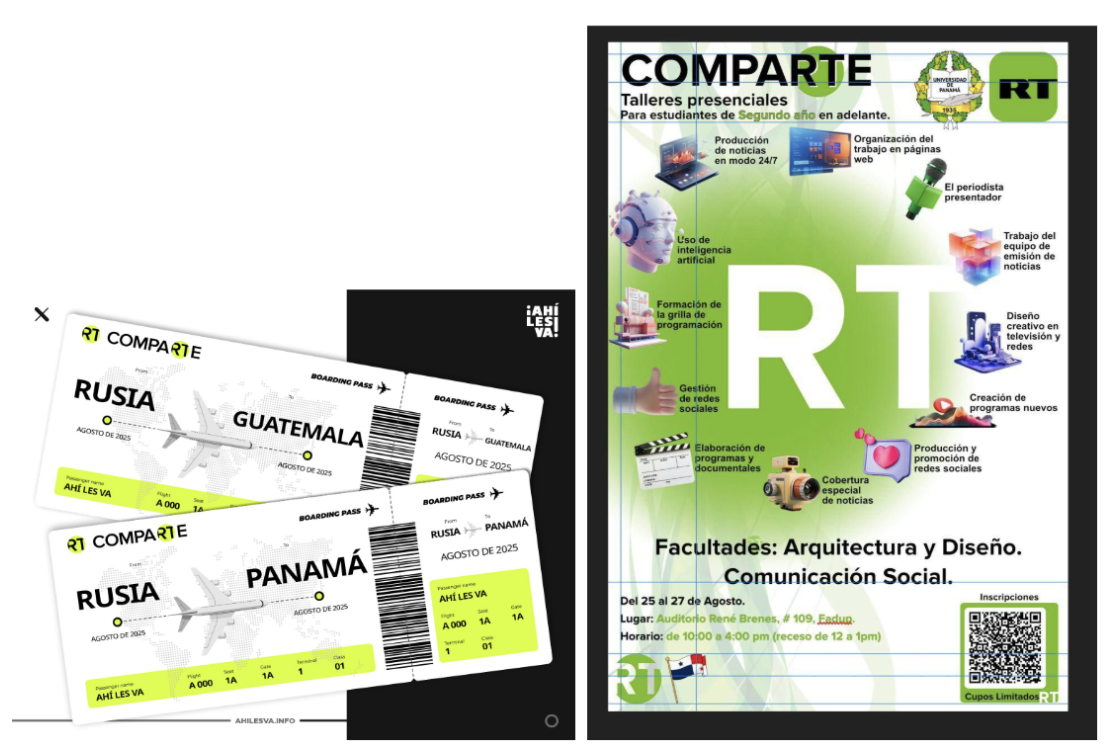Hill was policy director for the Center for Humane Technology, co-founder of FairVote and political reform director at New America. You can reach him on X @StevenHill1776.
This is part of a series offering a nonpartisan counter to Project 2025, a conservative guideline to reforming government and policymaking during the first 180 days of a second Trump administration. The Fulcrum's cross partisan analysis of Project 2025 relies on unbiased critical thinking, reexamines outdated assumptions, and uses reason, scientific evidence, and data in analyzing and critiquing Project 2025.
Few federal agencies are as misunderstood by the general public as the little known Federal Reserve Board. The Fed, as it is known, oversees the central banking system of the United States. That means it superintends many of the most crucial levers for making the economy run, including maintaining the stability of the financial system, supervising and regulating banks, moderating interest rates and prices, maximizing employment and more. Often when Congress is too politically polarized and paralyzed to fiscally stimulate the economy, many look to the Fed for faster executive action.
The Federal Reserve system was created by Congress in 1913, when most Americans lived in rural areas and the largest industry was agriculture. It was enacted after a series of financial panics (particularly the panic of 1907), caused by irresponsible banks with overextended credit, led to an outcry for central control of the monetary system as a step toward avoiding future financial crises.
Since then, other financial meltdowns such as the Great Depression in the 1930s and the Great Recession during the 2000s have led to the expansion of the roles and responsibilities of the Federal Reserve as the “lender of last resort.” The Fed, which is a quasi-public system and in theory makes its decisions independent of the political fray, is nevertheless often at the center of political controversy as both Democrats and Republicans try to alternatively influence it, or in some cases blame it, as a way of deflecting criticisms of their own economic policies.
Project 2025, the conservative Heritage Foundation’s blueprint for the first 180 days of a second Trump administration, critiques the Federal Reserve based on a controversial reading of economic history. It adopts the debatable view that the Great Depression of 1929 was prolonged by the Federal Reserve’s inept management of the money supply. It observes that there has been an economic downturn roughly every five years, and blames that on “the impossibility of fine-tuning the money supply in real-time,” a task the Fed is seen as ill-equipped to address.
How to solve that? According to Project 2025, it would be better to simply abolish the Federal Reserve system altogether, and return the U.S. economy to some version of the unmanaged financial rawness of the pre-1913 era. The author of this chapter, Trump administration economist Paul Winfree, writes that the Fed should be replaced by a return to a system of so-called “free banking,” where banks are free to issue their own paper currency (banknotes) and would not be subject to any special regulations beyond those applicable to most enterprises.
Under such a system, neither interest rates nor the supply of money would be “controlled by the government.” Free banking, according to this view, would produce a stable and sound currency and a strong financial system, “while allowing lending to flourish.”
All that sounds intriguing except for the fact that there is no strong evidence that free banking actually works as effectively as Winfree describes. In the pre-Fed system, there was no role for a central bank either as a guarantor of money supply or as a “lender of last resort” when the economy is mired in recession or worse. Indeed, the money supply was permanently “frozen,” and the roles filled by the Fed were instead left to the private sector and mega-oligarch bankers like J.P. Morgan. There was no government insurance for bank deposit accounts, and if a bank struggled with solvency or even failed, its currency would become worthless and depositors would lose their savings.
But as the Panic of 1907 showed, under the relentless expansion of the U.S. economy at a certain point even the J.P. Morgans of the world could no longer play this role. Indeed, centralized bank systems like the Federal Reserve were created in response to the failures of the free banking system, which was sometimes referred to as “wildcat banking” because some banks printed more currency than they were capable of redeeming, leading to runs on banks and bank failures. During the Panic of 1837, 343 out of 850 banks (40 percent) closed. Today the United States has over 4,000 banks, so imagine if 1,600 failed today.
Keeping currencies stable, along with prices and inflation, doesn’t just happen by itself. It takes nonpartisan and non-self-interested experts, fed by the right data, to turn the dials and pull the levers of the economy in a way that prevents economic forces from running amok. But Project 2025 doesn’t just stop there with its historical perspective. It further encourages a new Trump administration to combine free banking with another financial chimera: considering “the feasibility of a return to the gold standard.”
Again, the United States withdrew from the gold standard in 1933 because, at a certain point in the growth trajectory of the national economy, it no longer worked very well. The evidence shows that both inflation and economic growth were quite volatile under the gold standard. During an economic crunch, the gold standard contributed to a run on banks by those who wanted to withdraw their gold before the bank ran out. This problem materialized during the Great Depression of the 1930s, when the gold standard contributed to instability and unemployment. Economist Barry Eichengreen wrote: “Far from being synonymous with stability, the gold standard itself was the principal threat to financial stability and economic prosperity between the wars.”
In short, Project 2025 has not learned from past economic failures, and it pedals economic snake oil that is both wrongheaded and ahistorical. However, it also proposes a number of less ambitious plans.
Project 2025 sounds more reasonable when it calls for a focus on regulations to maintain bank capital adequacy, so that during an economic downturn, if depositors get nervous and start withdrawing their savings, banks will have enough reserves to cover withdrawals without spurring a financial panic.
But then Project 2025 quickly goes off the rails again, decrying what it views as the Federal Reserve using its “big government” financial levers to improperly regulate banks as a way to promote politically favorable initiatives, such as those aligned with environmental, social, and governance objectives. It also criticizes the recent Fed policy of “quantitative easing” to increase the money supply and stimulate economic activity. And Project 2025, true to its far-right conservative roots, says that “full employment” should be eliminated from the Federal Reserve’s mandate to focus only on price and monetary stability.
Finally, Project 2025 claims that the Fed, through its lender-of-last-resort function, amplifies “moral hazard” by bailing out irresponsible private firms and banks, such as during the economic collapse of 2008-09. While moral hazard is a real concern, it doesn’t justify abolishing the Federal Reserve altogether.
In short, Project 2025 ignores history and 150 years of economic experience to push a boulder uphill proposing radical and unrealistic reforms that even most Trump Republicans probably don’t support.
More in The Fulcrum about Project 2025
- A cross-partisan approach
- An Introduction
- Rumors of Project 2025’s Demise are Greatly Exaggerated
- Department of Education
- Managing the bureaucracy
- Department of Defense
- Department of Energy
- The Environmental Protection Agency
- Education Savings Accounts
- Department of Veterans Affairs
- Department of Homeland Security
- U.S. Agency for International Development
- Affirmative action
- A federal Parents' Bill of Rights
- Department of Labor
- Intelligence community
- Department of State
- Department of the Interior
- Federal Communications Commission
- A perspective from Europe
- Department of Health and Human Services
- Voting Rights Act
- Another look at the Federal Communications Commission
- A Christo-fascist manifesto designing a theocracy
- The Schedule F threat to democracy
- The Department of Justice
- A blueprint for Christian nationalist regime change
- How anti-trans proposals could impact all families
- A threat to American values




